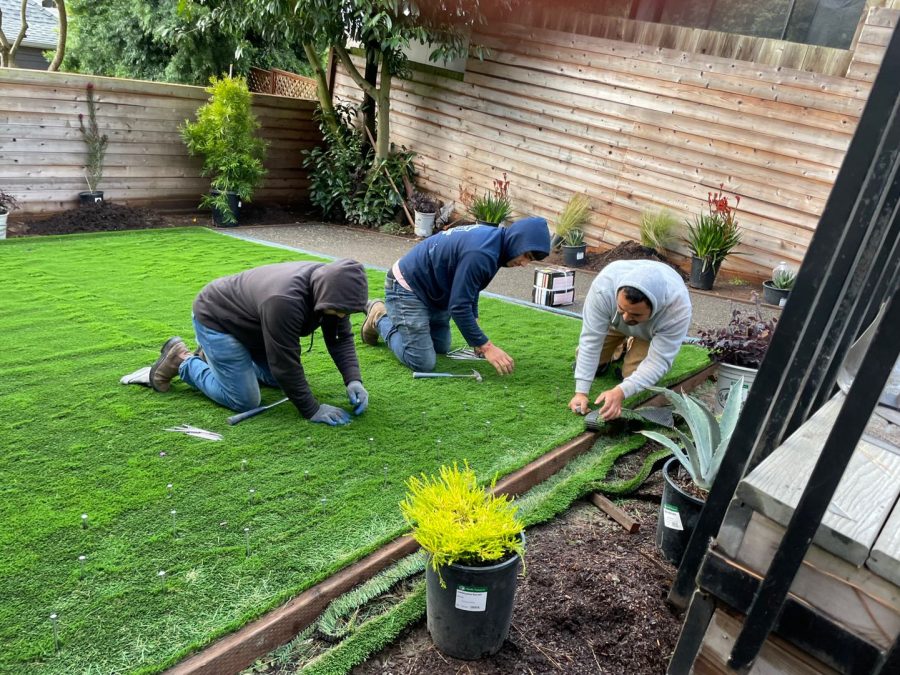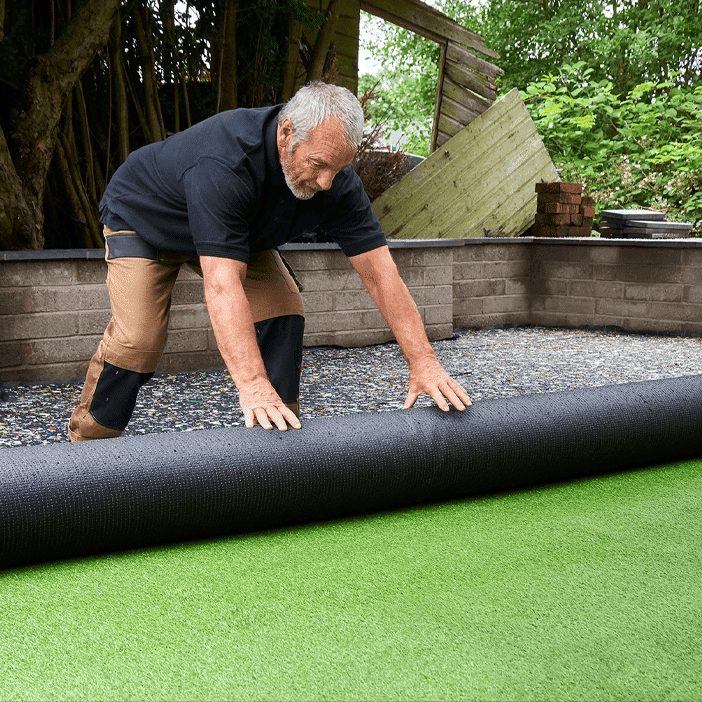Top Phoenix Turf Companies Delivering Premium Synthetic Lawn Products
Top Phoenix Turf Companies Delivering Premium Synthetic Lawn Products
Blog Article
Look Into the Environmental Perks of Opting for Synthetic Grass Solutions
The adoption of synthetic grass remedies provides an engaging opportunity to deal with pushing ecological difficulties. By dramatically lowering water use and reducing the application of hazardous chemicals, these alternatives not just promote lasting landscaping yet also safeguard neighborhood environments. The reduced carbon footprint linked with reduced upkeep tasks adds to an extra lasting technique to land monitoring. The ramifications of these benefits prolong beyond simple preservation efforts, elevating inquiries concerning their lasting impact on habitat preservation and general eco-friendly equilibrium. Checking out these dimensions reveals a complicated interaction worth thinking about.
Water Conservation Benefits
Among the most substantial advantages of fabricated lawn is its capability to save water. Traditional grass yards call for considerable irrigation, especially in areas prone to dry spell or water restrictions. In contrast, synthetic grass does not require watering, considerably minimizing the total demand for water sources. This feature is particularly useful in dry regions where water shortage is a pushing worry.
By getting rid of the requirement for regular watering, synthetic grass adds to sustainable landscape techniques and assists alleviate the environmental effect of excessive water intake. The conservation of water prolongs to the reduction of drainage, which can lead to soil erosion and waterway contamination.
Additionally, the installment of fabricated lawn allows communities and house owners to designate water sources much more successfully, concentrating on crucial uses such as alcohol consumption water and farming. The shift in the direction of artificial grass not only promotes liable water usage but additionally lines up with wider ecological goals targeted at maintaining all-natural sources.
As areas progressively prioritize sustainability, the water conservation benefits of man-made turf provide a compelling situation for its fostering in commercial and residential landscaping tasks.
Minimized Chemical Use
The shift to fabricated turf significantly lowers the dependence on chemical therapies commonly utilized in all-natural grass upkeep. Traditional grass monitoring generally entails the application of chemicals, plant foods, and herbicides to promote growth and control pests. These chemicals can present risks to human wellness, local wild animals, and the setting, adding to dirt and water contamination.
On the other hand, man-made turf gets rid of the demand for these damaging compounds. Once set up, it requires very little upkeep, mostly consisting of regular cleaning and infrequent infill replenishment. This decrease in chemical usage not only benefits the prompt atmosphere yet likewise adds to more comprehensive eco-friendly stability. By decreasing the launch of artificial substances right into the environment, synthetic grass advertises healthier soil and water supply.
Furthermore, the lack of chemical overflow related to synthetic grass setups assists protect regional waterways from pollution, supporting marine life and keeping biodiversity. Arizona turf. As areas progressively focus on sustainable methods, opting for synthetic grass offers a practical solution that lines up with ecological conservation objectives. Through this shift, residential or commercial property owners can appreciate lush eco-friendly areas without jeopardizing ecological health and wellness, leading the way for a more lasting future
Lower Carbon Footprint

Moreover, the setup of synthetic grass can lead to significant water conservation. Natural grass require significant quantities of water for irrigation, which not only includes in the carbon impact related to water removal and treatment but additionally pressures regional water sources. On the other hand, synthetic grass needs minimal maintenance, calling for no watering, consequently considerably reducing water usage and its linked power expenses.
In addition, the long life of synthetic lawn adds to its decreased carbon impact. With a life-span of up to 15 years or even more, the demand for frequent substitutes is reduced, leading to less waste and reduced energy usage in manufacturing and dealing with traditional yard alternatives. On the whole, man-made lawn offers a lasting choice for ecologically mindful landscaping.
Environment Conservation
Environment preservation is a vital consideration in the debate over landscaping selections, especially when comparing synthetic grass to natural lawn. All-natural yard yards typically require extensive upkeep, consisting of making use of chemicals, fertilizers, and herbicides, which can negatively affect regional environments. These chemicals can seep right into the dirt and rivers, harming indigenous plants and animals and disrupting neighborhood habitats.
Artificial grass gets rid of the need for harmful chemicals, thus shielding neighboring wildlife and keeping the integrity of bordering environments. The installment of fabricated turf can lead to the conversion of former yard locations right into more biodiverse landscapes, such as pollinator gardens or native plant areas, which can support neighborhood wildlife.
Inevitably, the transition to synthetic grass not just saves water and minimizes upkeep initiatives link however additionally cultivates a more harmonious partnership between human activities and the natural surroundings, advertising habitat conservation in the procedure.
Long-Term Sustainability
Long-lasting sustainability is an important consider evaluating the advantages of synthetic lawn over traditional yard yards. Among the most considerable advantages of synthetic grass is its toughness; it can last approximately 15-20 years with minimal upkeep, whereas natural yard requires frequent reseeding and replacement. This long life reduces the need for consistent resources, such as water, fertilizers, and pesticides, which are crucial for preserving a healthy and balanced turf lawn.
In addition, artificial turf adds to a decrease in carbon exhausts connected with lawn care devices. Traditional yards often call for gas-powered mowers, trimmers, and blowers, all of which contribute to air pollution. Artificial moved here turf companies phoenix. On the other hand, artificial lawn removes the need for such equipment, promoting a cleaner setting
Additionally, the manufacturing of synthetic grass increasingly utilizes recycled materials, enhancing its sustainability account. As suppliers embrace green practices, the ecological impact of artificial grass continues to reduce.

Verdict
The fostering of fabricated lawn solutions provides significant environmental advantages, including considerable water preservation, decreased reliance on harmful chemicals, and a lower carbon impact. Additionally, synthetic grass help in preserving natural environments by reducing land disruption and advertising long-term sustainability with making use of resilient materials. Jointly, these variables underscore the capacity of synthetic turf to contribute favorably to ecological health and wellness and provide a feasible alternative to conventional landscape design methods in a progressively resource-conscious globe.
In comparison, artificial lawn does not need watering, considerably reducing the general demand for water resources. By reducing the release of artificial substances into the community, artificial turf advertises much healthier soil and water systems.
Additionally, the setup of artificial lawn can result in substantial water preservation. In contrast, synthetic grass requires marginal maintenance, calling for no watering, link thereby substantially lowering water use and its associated energy costs.

Report this page